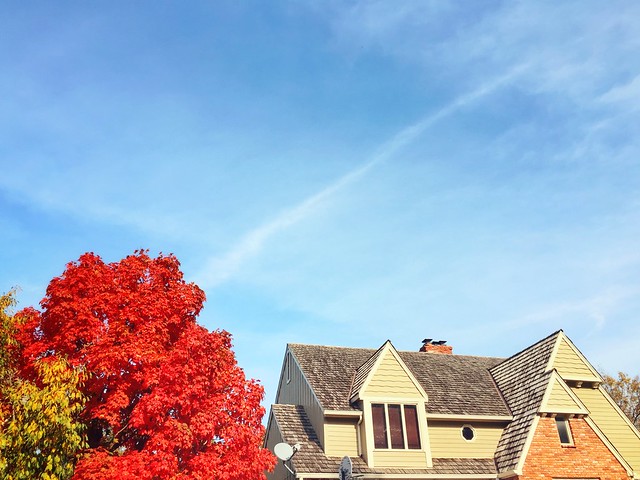Buying a home is a process. There are several steps between the day you’re approved to borrow and the day you get keys to your new home. Among them, having an offer accepted and signing the contract to buy is a big one. Barring something unforeseen, it means you’re a few weeks away from closing on your house and getting ready to move. That’s why, after the contract is signed, the home’s sale is considered pending. It’s also why the National Association of Realtors tracks pending sales each month, because they’re a good indicator of future home sales. According to their most recent report, contract signings fell in January, dropping 5.7 percent from the month before. Lawrence Yun, NAR’s chief economist, says it’s likely because the inventory of homes for sale remains low. “With inventory at an all-time low, buyers are still having a difficult time finding a home,†Yun said. Fortunately, though, listings usually pick up in spring, when the traditional buying season begins. As more homes become available for sale, there will be more options to choose from, which should help slow price increases and competition among buyers .













